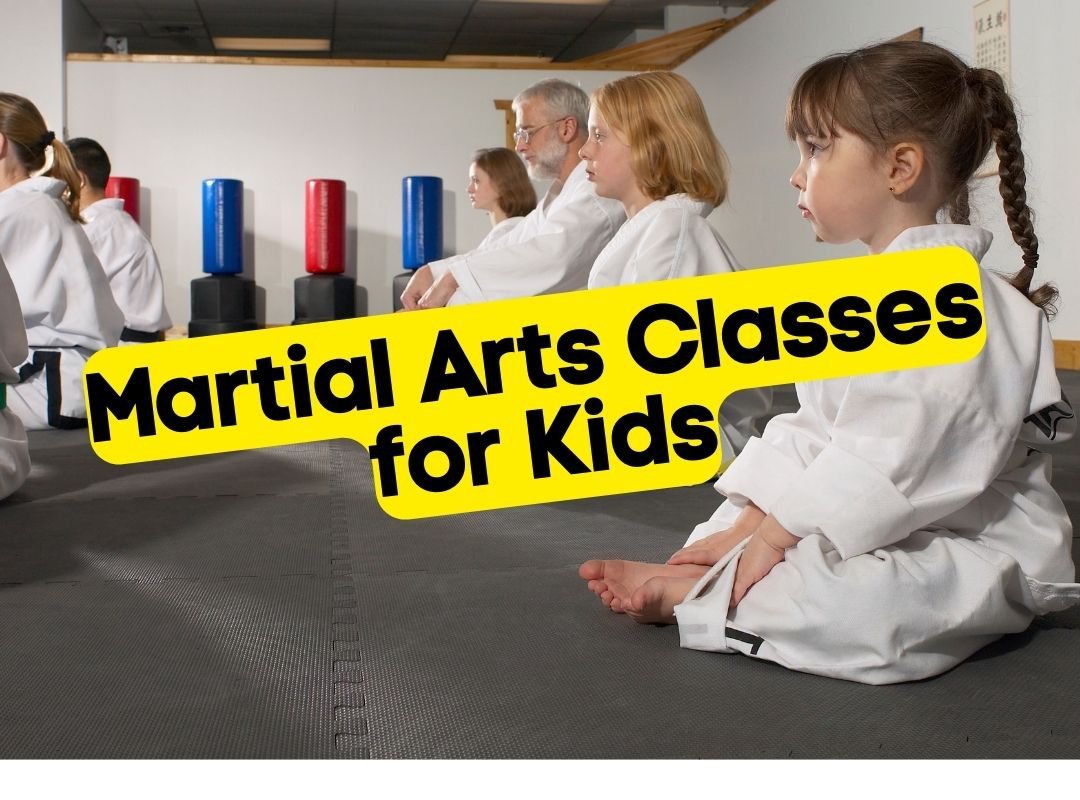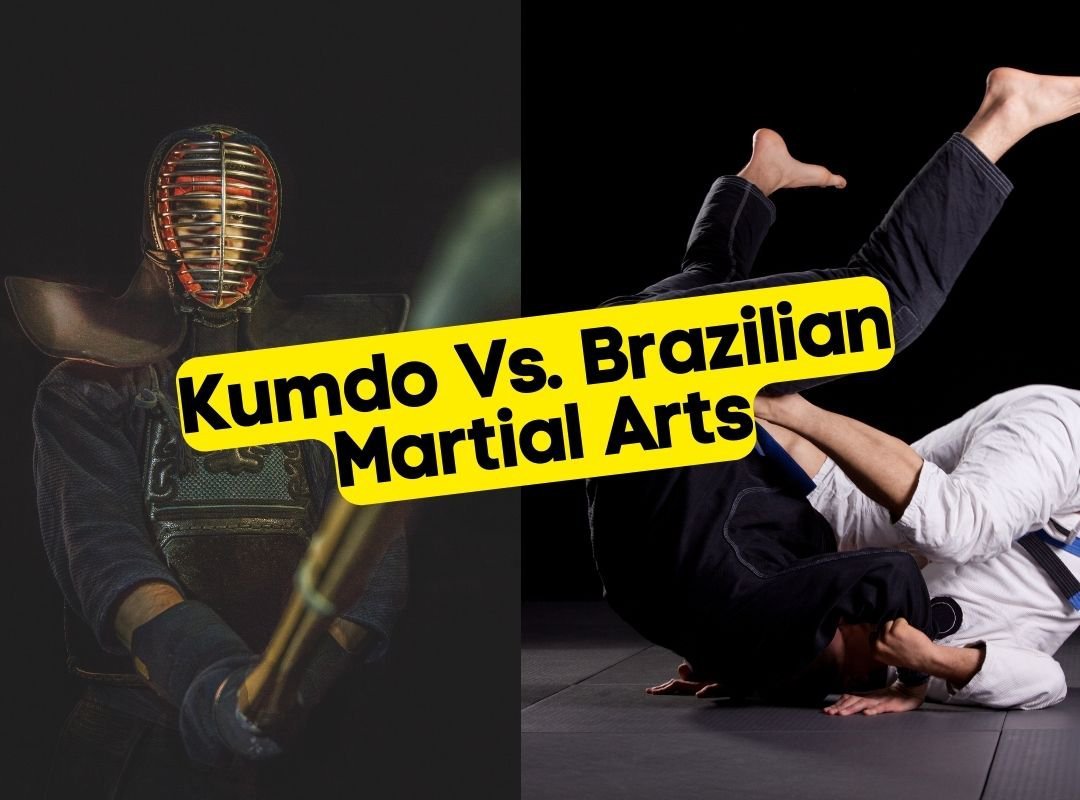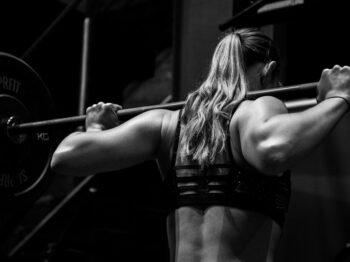Introduction
Martial arts have been practiced for centuries and have gained immense popularity worldwide. From self-defense to physical fitness, martial arts offer a wide range of benefits to individuals of all ages. However, it is important to understand the history and philosophy behind martial arts in order to truly appreciate and excel in the practice. By delving into the origins and evolution of martial arts, we can gain a deeper understanding of the techniques, styles, and cultural significance that make martial arts such a unique and valuable discipline.
The History and Evolution of Karate
Karate, a martial art that originated in Okinawa, Japan, has a rich history that dates back hundreds of years. It was developed as a means of self-defense by the Okinawan people, who were prohibited from carrying weapons during the Ryukyu Kingdom era. Influenced by Chinese martial arts, karate evolved into a unique style that emphasized striking techniques and powerful movements.
Over time, different styles of karate emerged, each with its own distinct characteristics and techniques. Shotokan, Goju-ryu, and Wado-ryu are among the most popular styles of karate practiced today. Shotokan, founded by Gichin Funakoshi, focuses on strong stances and linear movements. Goju-ryu, developed by Chojun Miyagi, incorporates circular movements and breathing techniques. Wado-ryu, created by Hironori Otsuka, combines karate with elements of jujutsu and aikido.
The Origins and Philosophy of Kung Fu
Kung Fu, also known as Chinese martial arts, has a long and storied history that can be traced back to ancient China. It is believed to have originated in the Shaolin Temple, where Buddhist monks developed a system of self-defense to protect themselves from bandits and wild animals. Kung Fu is deeply rooted in Chinese culture and philosophy, drawing inspiration from Taoism, Buddhism, and Confucianism.
The philosophy of kung fu emphasizes the cultivation of the mind, body, and spirit. It promotes balance, harmony, and self-discipline. Taoism, with its focus on naturalness and spontaneity, is a key influence on the philosophy of kung fu. Buddhism, with its emphasis on compassion and non-violence, also plays a significant role in shaping the mindset of kung fu practitioners.
There are numerous styles of kung fu, each with its own unique techniques and characteristics. Wing Chun, made famous by Bruce Lee, is known for its close-range combat and quick, efficient movements. Shaolin Kung Fu, developed by the monks of the Shaolin Temple, is renowned for its acrobatic kicks and powerful strikes. Other popular styles include Tai Chi, Baguazhang, and Xingyiquan.
Comparing and Contrasting Karate and Kung Fu
While both karate and kung fu are martial arts that focus on self-defense, they have distinct differences in techniques, movements, and philosophies. Karate places a greater emphasis on striking techniques, such as punches, kicks, and knee strikes. It also incorporates powerful linear movements and strong stances. Kung fu, on the other hand, encompasses a wider range of techniques, including strikes, kicks, throws, joint locks, and grappling. It also emphasizes circular movements and fluidity.
Culturally, karate is deeply rooted in Japanese traditions and values, while kung fu is deeply rooted in Chinese culture and philosophy. Karate places a strong emphasis on discipline, respect, and self-control. Kung fu, on the other hand, places a greater emphasis on balance, harmony, and the cultivation of the mind, body, and spirit.
The Benefits of Practicing Martial Arts
Practicing martial arts offers a wide range of benefits, both physical and mental. From improved physical fitness and coordination to increased mental focus and discipline, martial arts can have a transformative effect on individuals of all ages. Regular practice can also boost self-confidence and self-esteem, as individuals gain a sense of accomplishment and mastery over their bodies and minds.
Physically, martial arts training helps improve cardiovascular health, strength, flexibility, and endurance. The rigorous training and conditioning involved in martial arts can lead to weight loss, increased muscle tone, and improved overall fitness. Martial arts also promote better balance, coordination, and body awareness.
Mentally, martial arts training requires focus, concentration, and discipline. It helps individuals develop mental toughness, perseverance, and the ability to overcome challenges. Martial arts also teach important life skills such as goal setting, time management, and self-control. The practice of martial arts can also be a form of stress relief, allowing individuals to release tension and improve their mental well-being.
The Different Styles of Karate and Kung Fu
Karate and kung fu encompass a wide range of styles, each with its own unique techniques and characteristics. In the world of karate, Shotokan is one of the most popular styles. It is known for its strong stances, powerful strikes, and linear movements. Goju-ryu, another popular style, incorporates circular movements, breathing techniques, and close-range combat. Wado-ryu combines karate with elements of jujutsu and aikido, focusing on fluid movements and joint locks.
In the world of kung fu, Tai Chi is one of the most well-known styles. It is characterized by slow, flowing movements and a focus on internal energy cultivation. Tai Chi is often practiced for health and relaxation purposes, as well as for self-defense. Wing Chun, made famous by Bruce Lee, is known for its close-range combat and quick, efficient movements. Shaolin Kung Fu, developed by the monks of the Shaolin Temple, is renowned for its acrobatic kicks and powerful strikes.
The Role of Discipline and Self-Control in Martial Arts
Discipline and self-control are fundamental aspects of martial arts training. In order to excel in martial arts, individuals must develop discipline and self-control in various aspects of their lives. This includes adhering to a regular training schedule, following instructions from instructors, and maintaining a positive attitude.
Discipline is essential in martial arts because it helps individuals stay focused, committed, and motivated. It teaches individuals to set goals, work hard, and persevere in the face of challenges. Discipline also helps individuals develop self-control, which is crucial in martial arts training. It allows individuals to regulate their emotions, impulses, and reactions, enabling them to make better decisions and respond effectively in stressful situations.
Martial arts training provides a structured environment in which individuals can develop discipline and self-control. Through consistent practice and repetition, individuals learn to control their bodies and minds, improving their ability to concentrate, stay calm, and make rational decisions. The discipline and self-control developed through martial arts training can also be applied to other areas of life, such as school, work, and personal relationships.
The Importance of Physical Fitness in Martial Arts
Physical fitness is a key component of martial arts training. In order to perform techniques effectively and efficiently, individuals must have a certain level of strength, flexibility, and endurance. Regular martial arts training helps improve overall physical fitness, leading to better health and well-being.
Strength is important in martial arts because it allows individuals to generate power and execute techniques with precision. Martial arts training involves various exercises and drills that target different muscle groups, helping individuals develop strength in their arms, legs, core, and back. Strength training also helps improve bone density and joint stability, reducing the risk of injuries.
Flexibility is another crucial aspect of martial arts training. It allows individuals to perform techniques with a greater range of motion, improving their agility and preventing injuries. Martial arts training incorporates stretching exercises that help improve flexibility in the muscles, tendons, and ligaments. Flexibility training also helps improve posture and balance, enhancing overall body control and coordination.
Endurance is essential in martial arts because it allows individuals to sustain physical exertion over a prolonged period of time. Martial arts training involves cardiovascular exercises that help improve endurance, such as running, jumping rope, and sparring. Endurance training also helps improve lung capacity and oxygen delivery to the muscles, enhancing overall athletic performance.
Martial Arts as a Means of Self-Defense
One of the primary reasons why individuals practice martial arts is for self-defense. Martial arts provide individuals with the skills and techniques necessary to protect themselves in dangerous situations. By learning self-defense techniques and strategies, individuals can gain the confidence and ability to defend themselves and others.
Martial arts training teaches individuals how to effectively strike, kick, block, and evade attacks. It also teaches individuals how to use leverage, joint locks, and throws to immobilize or subdue an opponent. By practicing these techniques in a controlled and safe environment, individuals can develop the muscle memory and reflexes needed to react quickly and effectively in real-life situations.
In addition to physical techniques, martial arts training also emphasizes situational awareness and conflict resolution. Individuals learn how to assess potential threats, avoid dangerous situations, and de-escalate conflicts whenever possible. Martial arts also teach individuals the importance of self-control and restraint, as using excessive force can have legal and ethical consequences.
The Future of Martial Arts: Trends and Innovations
The world of martial arts is constantly evolving, with new trends and innovations emerging all the time. One of the most significant trends in recent years is the rise of mixed martial arts (MMA). MMA combines techniques from various martial arts disciplines, including karate, kung fu, Brazilian Jiu-Jitsu, Muay Thai, and wrestling. It has gained immense popularity worldwide, with organizations such as the Ultimate Fighting Championship (UFC) showcasing the skills of top fighters.
Another trend in martial arts is the growing popularity of Krav Maga, a self-defense system developed by the Israeli military. Krav Maga focuses on practical techniques that can be used in real-life situations, emphasizing efficiency and effectiveness. It is known for its aggressive and no-nonsense approach to self-defense.
In terms of technology and equipment, there have been significant advancements in recent years. Virtual reality (VR) and augmented reality (AR) technologies are being used to enhance martial arts training, allowing individuals to practice techniques in a virtual environment. High-tech equipment, such as sensors and trackers, are also being used to monitor and analyze performance, providing valuable feedback to athletes and trainers.
Looking ahead, the future of martial arts holds great potential for further innovation and growth. With advancements in technology, training methods, and competition formats, martial arts will continue to evolve and adapt to the changing needs and interests of practitioners.
Conclusion
Martial arts have a long and storied history, with karate and kung fu being two of the most popular disciplines practiced today. By understanding the origins, philosophies, and techniques of these martial arts, individuals can gain a deeper appreciation for their cultural significance and value. Whether it is for self-defense, physical fitness, mental discipline, or personal growth, martial arts offer a wide range of benefits to individuals of all ages. So why not explore the world of martial arts and discover the transformative power it can have on your life?










